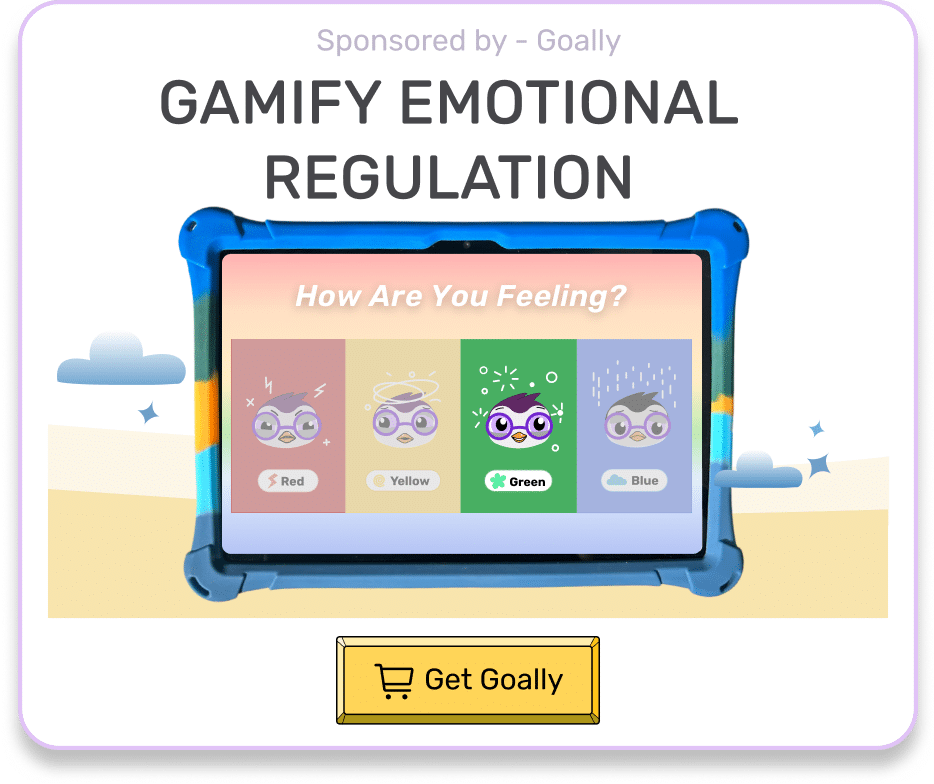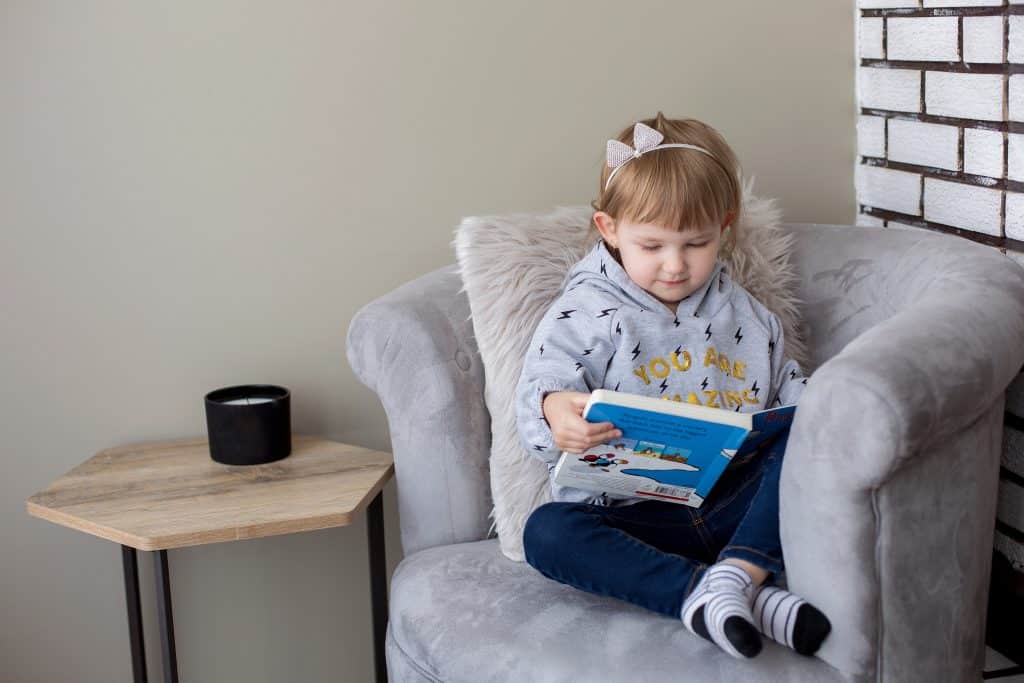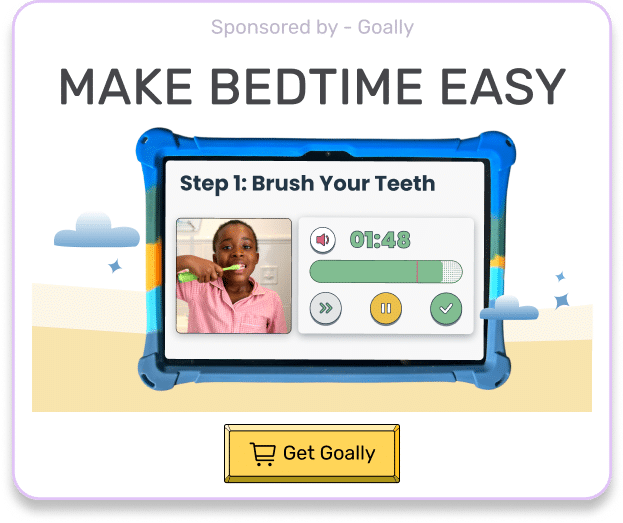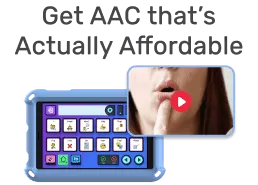Imagine your child in a noisy room where sounds are coming from every direction. For some kids, especially those with ADHD, this can be a daily struggle. In this blog post, we’ll talk about ADHD noise sensitivity, why it happens, and how you can help your child handle it. By understanding their needs, you can make a more peaceful environment for your child to grow and succeed.
Table of Contents
Understanding ADHD Noise Sensitivity
ADHD noise sensitivity, or hyperacusis, is when everyday sounds seem much louder and more annoying than they should. This can make kids with ADHD feel upset, worried, or even hurt. Noise sensitivity can also affect kids with autism and other thinking and learning differences. Many kids with ADHD have this problem because their brains have a hard time ignoring unimportant noises. This can make them feel stressed and make it hard for them to focus in noisy places.

Scientists think that ADHD noise sensitivity might be caused by how the brain processes sound. In kids with ADHD, the brain may struggle to filter out background noise, causing them to become overwhelmed by their surroundings. This can lead to a heightened sense of anxiety and stress, making it difficult for them to focus and function in noisy environments.
How to Spot Noise Sensitivity in Your Child
As a parent, it’s important to know if your child has ADHD noise sensitivity. Here are some signs to look for:
Read more: Noise Cancelling Headphones for Kids
- Complaining about sounds that don’t bother other people
- Covering their ears or looking for quiet places
- Feeling anxious or grumpy in noisy places
- Having trouble focusing when there’s background noise

Remember, not all kids with ADHD have noise sensitivity, and it can be different for each child. But if you see these signs, it’s a good idea to learn more about it. By recognizing the signs of ADHD noise sensitivity, you can better understand your child’s needs and work together to find solutions that help them cope with this sensory challenge.
Helping Your Child: Tips for Managing ADHD Noise Sensitivity
There are many ways you can help your child deal with ADHD noise sensitivity. Here are some ideas:
Make a Quiet Space at Home
Create a calm and quiet area in your home where your child can go when they need a break from noise. This space should be free from distractions. Provide things like soft lights, comfy chairs, and noise-canceling headphones. By creating a designated “quiet zone,” you can help your child feel more calm and better able to cope with their noise sensitivity.
Noise-Reducing Tools for Kids with ADHD Noise Sensitivity
| Tool | How It Helps |
|---|---|
| White noise machines or apps | Helps cover up annoying sounds |
| Noise-canceling headphones or earplugs | Blocks out unwanted noise |
| Quiet activities (reading, drawing, etc.) | Keeps your child busy without adding more noise |
| Choosing quieter places for outings (parks, libraries, etc.) | Helps your child enjoy time outside without too much noise |
By using these noise-reducing tools and strategies, you can help your child feel more comfortable and better able to focus in noisy environments.

Talk to Your Child About Their Feelings
Encourage your child to tell you how they feel about noise sensitivity. By talking about it, you can understand their needs and work together to find solutions. Reassure them that it’s okay if they feel overwhelmed by noise. This open communication can help your child feel supported and understood, making it easier for them to cope with their noise sensitivity.
Work with Your Child’s School
Work with your child’s teachers and school staff to find ways to help them in the classroom. This might include sitting in a quieter spot, wearing noise-canceling headphones, or having a quiet place to work when it’s too noisy. By collaborating with educators, you can make sure that your child gets the support they need to succeed in school despite their noise sensitivity.

Try Goally For Your Child With ADHD
Goally is an excellent option for many families that have a child with ADHD. Use game play as a points-based motivator for your kiddo with ADHD, help them learn emotional regulation skills, and watch them grow! It’s simple to set up and has an expert-informed design.
Helping Your Child Find Harmony
ADHD noise sensitivity can be tough for your child, but with understanding, patience, and the right strategies, you can help them handle it. By making a supportive environment, talking about their feelings, and using noise-reducing tools, you can help your child do well, even with noise sensitivity. You’re not alone, and there are resources to help you and your child. Together, you can create a more harmonious world for your child to thrive in.
This post was originally published on 05/02/2023. It was updated on 07/05/2023.

Goally
We help parents teach their kids life skills, like doing bedtime and morning independently. Backed by science, we incorporate evidence-based practices and expert-informed designs in all of our apps and content.





